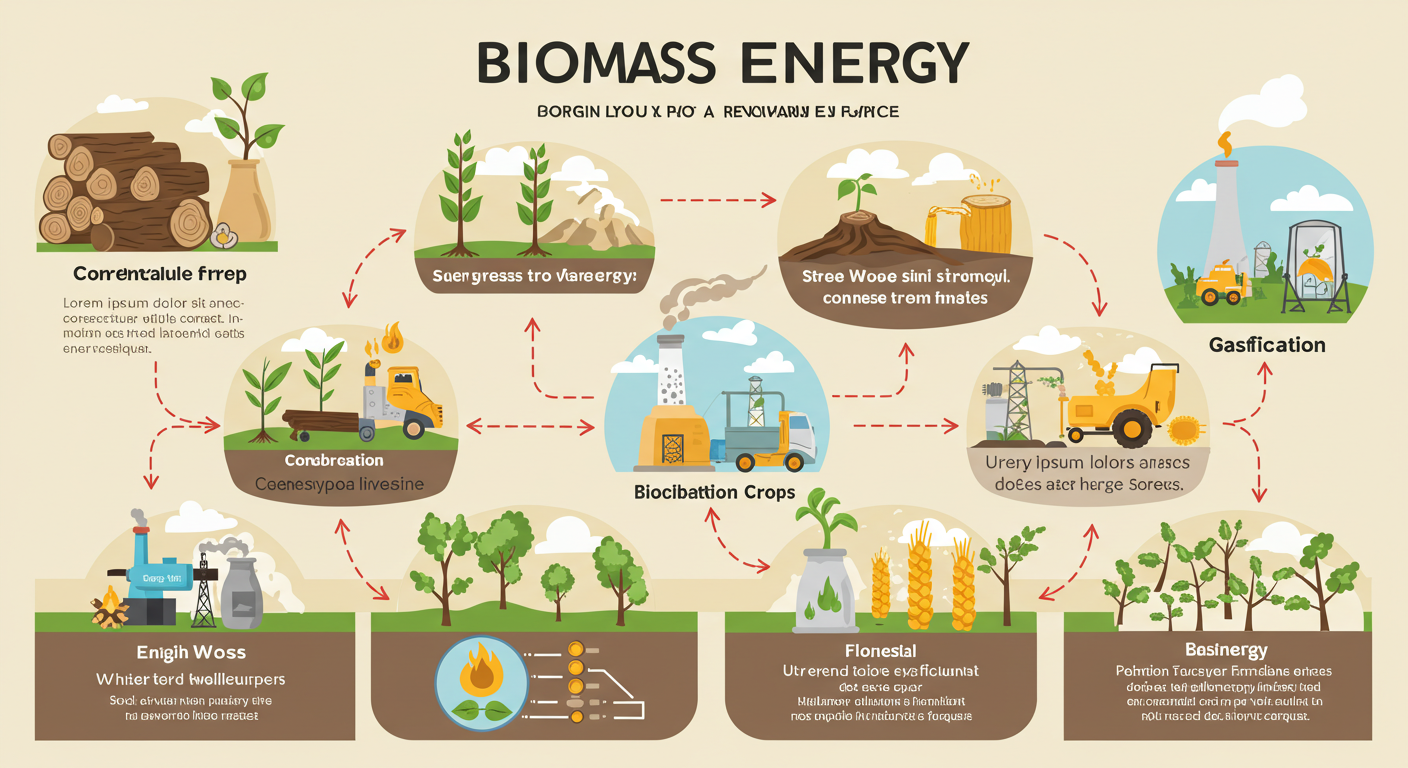Introduction to Apple Orchard Management
Managing an apple orchard requires meticulous planning and dedication. Employing best practices not only ensures healthy trees but also maximizes yield. In the following, we will explore essential strategies to achieve a thriving apple orchard.
Soil Preparation and Fertilization
Healthy soil is crucial for robust apple tree growth. Begin by testing the soil to understand its nutrient levels and pH. Amend the soil as needed with organic matter and fertilizers specific to apple trees. Applying a balanced fertilizer ensures trees receive necessary nutrients, promoting better fruit quality.
Pest and Disease Management
Implement an integrated pest management (IPM) strategy to protect your apple orchard. Regularly inspect trees for signs of pests and diseases. Use environmentally friendly options whenever possible, such as beneficial insects or organic pesticides. Adopting preventive measures, like proper tree spacing and pruning, reduces susceptibility to common apple diseases.
Choosing the Right Varieties
Selecting the appropriate apple varieties suited to your climate and soil can significantly influence orchard success. Consider cross-pollination requirements and harvest timing while making your choice. Diversifying varieties can also help in pest management and yield consistency.
Conclusion
By following these best practices for apple orchard management, you can create a sustainable and productive environment for your apple trees. Regular monitoring and adaptive management will lead to better yields and healthier trees. Start planning today to ensure the success of your orchard for years to come.





